Ready to discover why skipping a mobile app might be the biggest mistake of your business era? We’ve uncovered a startling truth: In 2025, businesses without a mobile app could miss out on nearly half of potential consumer interactions!
In this ultra-connected age, building a mobile app isn't merely optional; it's essential to survival. So, why exactly is this happening now and what tools can propel your business forward?

Imagine dramatically boosting customer engagement or revolutionizing service delivery. The shift to mobile isn’t just coming; it’s here. Many believe it’s just another tech fad, but data – and consumer behavior – tell a different story. Businesses with apps report a 25% increase in satisfaction rates. But that’s not even the wildest part…
More astonishing is the strategic advantage apps provide. They don’t just streamline processes; they become a core component of your brand identity, and astoundingly, some businesses have reported a doubling in their operating income! But this phenomena includes hidden costs and surprises. What happens next shocked even the experts…
Consumers today spend almost 5 hours a day on their mobile phones. Mobile apps streamline their interactions with brands, making them essential for maintaining customer loyalty. Shockingly, 70% of purchases are influenced by mobile interactions before reaching completion in-store or online.

More compelling is how mobile apps foster instant gratification, a key driver for modern consumers. Immediate access to information and services leads to beneficial impulsive decisions. Brands not offering this immediacy could be left behind, watching their competitors sweep up the enthusiasm.
Despite the shift, businesses still resist app development, citing high costs. However, the truth is many DIY platforms allow small businesses to develop cost-effective solutions. These tools bring enterprise-level capabilities to anyone with a vision. What you read next might change how you see this forever.
The influence of user experience is undeniable; apps are not about being trendy but providing seamless experiences. Businesses lacking mobile platforms risk being perceived as outdated. The next secret reveals why this is especially critical for sectors you wouldn’t expect.
Developing an app might seem like a competitive edge, but in 2025 it will be the baseline requirement. Consider this: 85% of users prefer apps over websites for shopping and interacting with brands, favoring the tailored experiences apps offer.
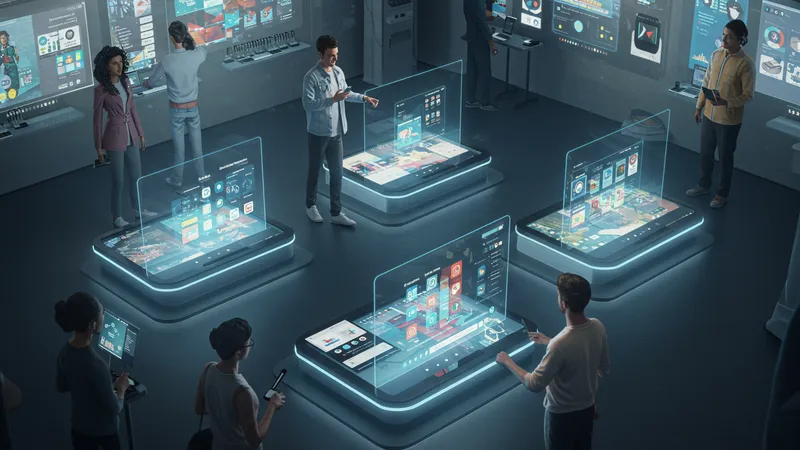
Some may argue apps are only for large tech-savvy companies, but they’re increasingly adopted by small businesses as well. With DIY platforms, businesses can deploy an app with limited technical experience. This democratization marks an industry shift, leveling what was once uneven competitive ground.
Consumers are becoming more discerning, expecting more personalized interactions. Apps allow businesses to gather customer insights in real-time, enhancing personalization. The irony? Many companies collect data but do not utilize it effectively. Our next insider tip reveals how a few simple strategies can turn this data into actionable success.
Interestingly, the industries most resistant to adopting apps are those with the most to gain. The next part uncovers which sectors have already made successful transitions, and how one industry shocked analysts with their unexpected results.
Let’s dive into hospitality: a sector radically transformed by mobile apps. Hotels offering app-based concierge services report a near 30% boost in customer satisfaction. These apps seamlessly integrate with in-room services, personalizing offers in unprecedented ways.
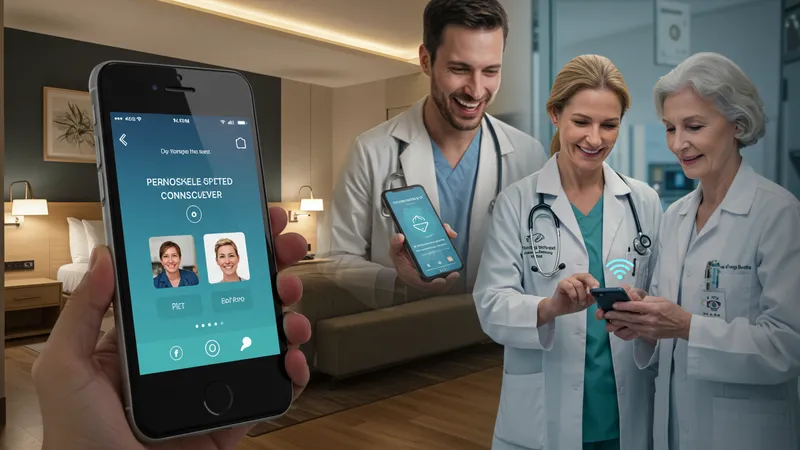
Next, consider healthcare. Once known for its slow tech adoption, it's now embracing mobile strategies. Apps that synchronize doctor appointments with health updates have seen patient uptake and satisfaction soar. It’s not just about convenience – it's about empowerment.
The retail sector, early app adopters, continue leveraging mobile innovations. From virtual fitting rooms to app-exclusive discounts, retailers revolutionize shopping experiences. Studies show customers spend 20% more per transaction when interacting through an app.
Shocking, right? But brace yourself. Imagine a sector with even more potential for mobile disruption – education. The upcoming revelations might challenge conventional wisdom on learning accessibility and engagement. These stories might just compel you to envision the future differently.
Mobile apps in education have redefined how students access knowledge. Apps facilitate personalized learning plans, adjust content difficulty in real-time, and forge stronger connections between educators and students. Institutions are quick to adopt, realizing the drastic improvement in engagement scores.
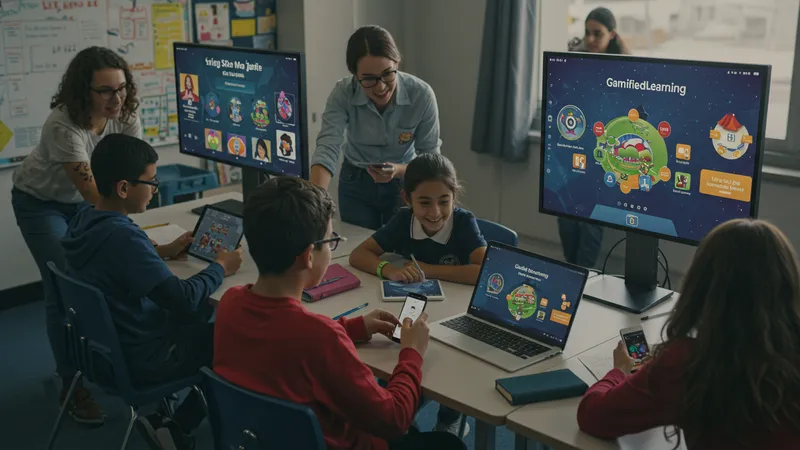
Notably, some schools report a 40% rise in student completion rates attributed to gamified learning apps. The mobile platform has transformed once monotonous lessons into interactive experiences, captivating even the most disengaged students.
Higher education isn't bypassed. Apps managing administrative tasks streamline processes for students and staff alike. These innovations make higher education more accessible and appealing. What’s more, some institutions see a spike in enrollment as a result.
Could this model extend beyond formal education? Consider lifelong learning opportunities and professional development; apps could change how we perceive and engage with continuous education, transforming career advancements. What’s next could revolutionize workplace learning.
Mobile apps are also revolutionizing workplace training and development. Companies using apps for in-house training note a sharp increase in completion rates and knowledge retention. Employees are drawn to the flexibility, accessing materials anywhere, anytime.

More than just convenience, these apps allow for micro-learning, which keeps content engaging and digestible. Businesses nurturing this learning style see a notable rise in retention rates and employee satisfaction. But there’s more beneath the surface.
A hidden advantage is the analytical capabilities onboard apps offer. They provide insights into the programs’ effectiveness, highlighting areas for improvement. Companies harnessing this data improve their training ROI significantly, but not everyone is aware of this potential goldmine.
However, corporations aren't stopping there. The next innovation in workplace apps could potentially redefine employee well-being and productivity. This next page peeks into the future of corporate culture and technology integration.
The future of corporate well-being is seeing a shift towards mobile-centric solutions. Wellness apps combat workplace stress, offering mindfulness training, exercise routines, and mental health resources. Early adopters report significant reductions in employee burnout and turnover.

But there’s another angle. Integrating wellness apps with company objectives highlights businesses’ commitment to employee welfare, sending strong, positive signals to current and prospective employees alike. This holistic strategy is reshaping corporate reputations.
Even more extraordinary is how these apps are improving communication. Implementing features like anonymous feedback channels fosters a more open corporate culture, providing platforms where voices feel heard, concerns understood, and improvements actionable.
Imagine what could be achieved next. Consider augmented reality (AR) enhancements bringing an entirely new element to wellness apps, merging physical and digital spaces. What happens next could take corporate wellness to unseen heights.
AR’s transformative potential is finally merging with mobile apps. Brands leveraging this technology in-store create immersive shopping experiences, allowing virtual trials and demonstrations. This engaging approach enhances customer satisfaction, forging memorable retail interactions.
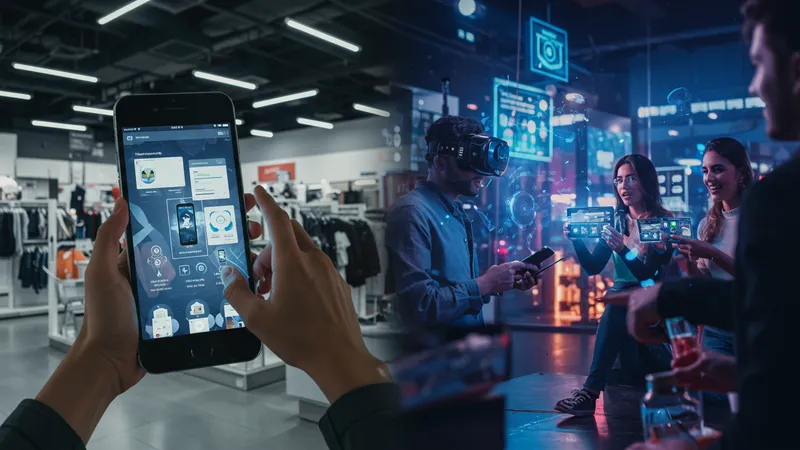
A surprising development is AR in social networking. Imagine experiencing friends’ adventures or significant events in a more captivating manner. Users don’t just see posts; they live them momentarily, reshaping social media's definition.
The entertainment sector, a natural fit for AR, continues breaking records with app-based experiences. Early adopters observed a significant increase in user engagement and satisfaction scores. But the potential extends far beyond entertainment.
Healthcare’s integration of AR in mobile apps foreshadows innovative consultations and treatments. Imagine diagnosing minor health issues through apps using AR scans! This shockingly different approach aims at radically improving health accessibility and accuracy.
Mobile apps are set to redefine the patient-doctor interface. Visualization technology lets patients interface with their health data directly, showcasing trends or changes with impressive clarity. This transparency empowers patient self-management, heightening engagement.
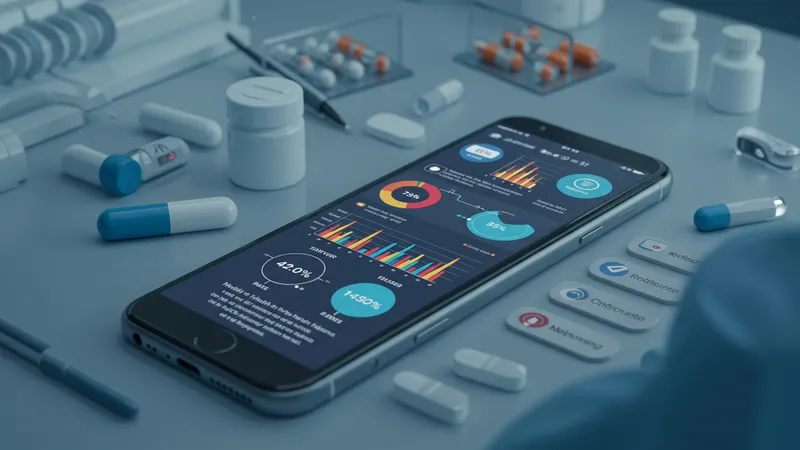
Pharmaceutical companies harness this interaction, enhancing compliance through user-friendly medication trackers and reminders, seeing adherence rates climb substantially. But there’s more behind this trend than meets the eye.
Emerging are apps addressing broader health challenges, like chronic disease management. By delivering educational content, tracking metrics, and suggesting lifestyle modifications, they improve outcomes dramatically. The patents seen in these technologies are groundbreaking.
The possibilities expand further when considering how mental health services evolve through mobile apps. This evolution might redefine accessibility and affordability of mental health support. The subsequent revelations could reshape our understanding of mental health care delivery.
Mental health apps have exploded, their functions ranging from mood tracking to offering guided therapy sessions. During tumultuous times, these apps offer an essential lifeline, bolstering self-care and facilitating regular mental checkups.
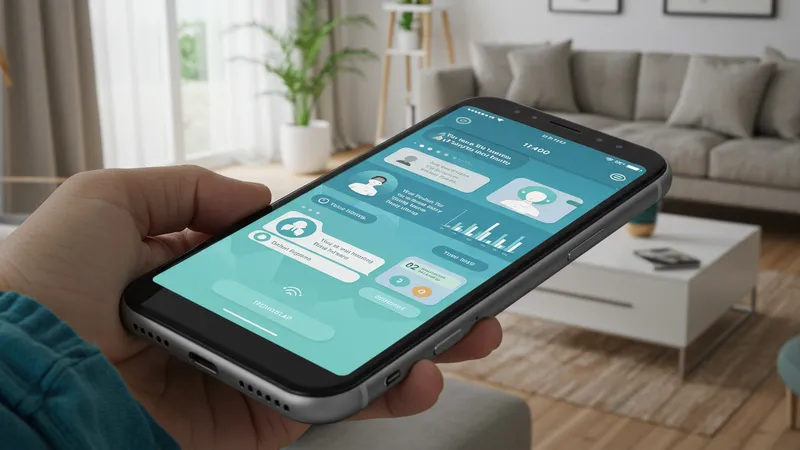
Surprising is the emergence of apps providing AI-driven therapy. Users report newfound comfort in scheduling flexibility and anonymity, with studies noting improved emotional well-being and reduced symptoms of anxiety and depression.
Stigma reduction is another benefit. Offering discreet access to mental health resources, apps democratize and normalize these essential services. Their effects reach beyond individual care, impacting societal norms and perceptions positively.
As such, consider how mental health integration in broader internet-connected health ecosystems might evolve. The discussions will delve into seamless connections transforming therapeutic experiences across digital platforms.
In today’s digital paradigm, combining internet connectivity with app ecosystems promises exceptional consumer gratification. Devices no longer operate in isolation; they converse, integrating seamlessly with mobile apps for enhanced functionality.
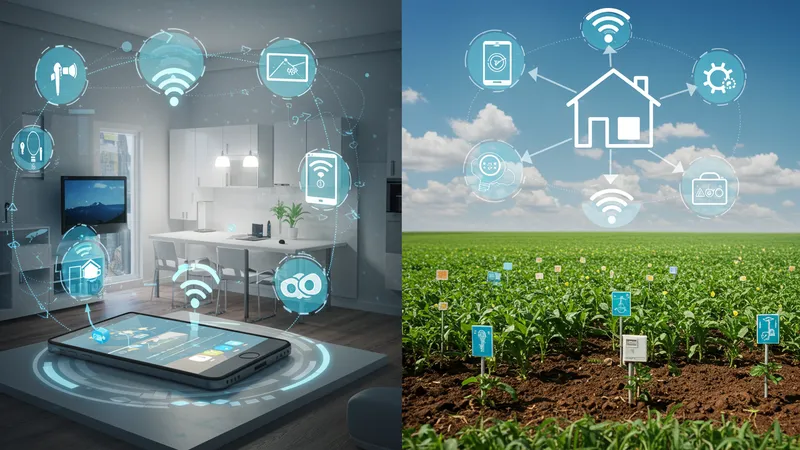
Home automation is a prime example; mobile apps synchronize intelligent devices. Yet, lesser-known sectors find similar success. Agriculture apps offer real-time soil data, optimizing growth techniques for better yields, evidencing tech’s vital role here.
More astonishing is how sustainability efforts converge with digital solutions. Apps guide eco-friendly choices, enhancing awareness and offering quantifiable environmental benefits, subtly revolutionizing everyday decisions.
The future intertwines these capabilities further, constructing interconnected environments. This holistic integration promises unexplored benefits, coming segments will unveil how businesses best navigate this complex landscape.
The synchronized ecosystem brings heightened efficiencies. For businesses, connecting various systems means streamlined operations, smoother workflows, and measurable cost-saving opportunities. The next steps ensure organizations master this dynamic facet.

While efficiency is advantageous, hidden treasures lie in deep data analytics, propelling consumer insights far beyond current capabilities. The competitive edge provided by understanding consumer behavior at raw intricacies grew exponentially exciting.
Yet, transitioning to an interconnected model isn’t without obstacles. The challenges include ensuring robust data privacy frameworks. Overcoming these obstacles will distinguish leaders from laggards in this increasingly tech-driven market.
Could this drive towards digital excellence redefine typical industry verticals? Envision potential reorientations, where roles and expectations adapt within synonymously flourishing tech landscapes. Where could this trend lead market players next?
With mobile apps shaping industry standards, traditional roles evolve. Marketing teams become digital analysts, operations mold into tech strategists. The shift compels businesses to nurture a culture of perpetual learning and agility.

New roles emerge, fusing expertise in technology and business acumen. This trend highlights a salient truth: adaptability is no longer optional, but a key business competency. Businesses failing to adapt face obsolescence threats.
These changes could enhance employee engagement, job satisfaction, and company-wide innovation. New problem-solving techniques emerge, fostering collaborative environments as barriers diminish. Creativity emerges from these fertile grounds.
Ultimately, where these innovations lead could redefine competitive landscapes, prompting introspection on long-standing methodologies. Explore how these dynamics might build entirely novel economic paradigms and strategic endeavors.
Digital transformation facilitates evolution towards new economic models. The gig economy, enhanced by apps, challenges normative employment laws and structures, its influence growing unabatedly, marking new paradigms in labor discussions.

Beyond labor, digital currencies facilitated by blockchain technology alter financial landscapes, introducing cryptos into digital transactions for operational efficiencies. Many brandioneers recognize this potential monetary shift’s profound impact.
Innovation flourishes as business thinkers explore untapped opportunities within generate an entrepreneurial renaissance. These trends, in alignment with mobile technologies, could uplift economic prospects for diverse communities across geographies.
Yet the global balance faces disruption. While opportunities abound, challenges remain precisely that: challenging. The impending narratives examine convergence implications, urging stakeholders assimilate knowledge to devise strategic alignments.
Positioning businesses to leverage emerging trends requires strategic foresight, agility, and a keen eye on innovation. The consultation realm undergoes expansion, proliferating tailored advisory roles guiding enterprises’ navigation of transformative paths.

Adaptability extends to infrastructure—embracing flexibility in digital infrastructure, achieving robust security protocols, and creating responsive models to anticipate changing consumer behaviors. Organizations embracing this foresight will thrive.
Collaborative ecosystems harness mutual growth, leveraging unique resources for collective benefits. Partnerships enrich your strategic repertoire, cultivating resilient competitive landscapes bound by shared innovations.
These preparations manifest vast potentials. Organizations, poised for transformation realize innovative aspirations. The compelling revelations captivate future directions; appreciate the unfolding symphonies of digital transformations!
So, should your business invest in a mobile app by 2025? Absolutely, as it isn’t just a tech trend—it’s the vital key unlocking competitive success. Bold innovations aren’t on the horizon—they’re happening now.
Imagine the potential. Share this article if you envision your business leading the charge in digital innovations. Bookmark this as a reminder: the future of business is mobile, and your app awaits its pivotal role. Don’t just watch the revolution; be part of it!